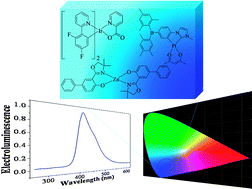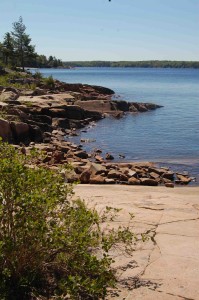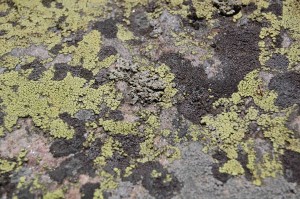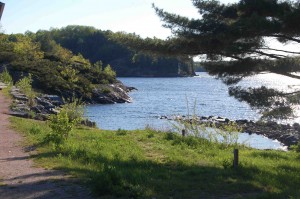
Clockwise from upper left: Place Royale, St Louis gate, Chateau Frontignac, old city signs, statue of S Champlain, St Louis street. (Photos by D Parent.)
After the wilderness of Georgian Bay, I was off to discover the old world charm of Quebec City, host of the 96th Canadian Chemistry Conference.
NJC sponsored two of the symposia included in the programming:
— “Novel Aromatic Compounds: Molecular Materials and Devices” organised by Graham Bodwell and Yuming Zhao (both at Memorial University of Newfoundland)
— “Recent Developments in Pincer Chemistry and Multidentate Ligands” organised by Davit Zargarian (University of Montreal), Hairong Guan (University of Cincinnati ) and Dmitiri Gousev (Wilfrid Laurier University )
For inorganic chemists the “place to be” at CCC was the pincer ligands symposium during the 3 days that it was held. It was SRO (“standing room only”) at times, as people came to hear some of the top experts speak, people like Gerard van Koten, Bob Crabtree, Mike Fryzuk, Alan Goldman, Dan Mindiola and Oleg Ozerov, who were the plenary lecturers
The novel aromatic compounds symposium had the feeling of a family reunion—convivial with a faithful crowd in attendance. The topics ranged from synthesis to properties to applications with plenary speakers Remi Chauvin, Ben King, Rik Tykwinski, Thomas Baumgartner, Alex Adronov, Will Skene and Dmitri Perepichka.

Novel Aromatic Compounds speakers' dinner with NJC editor Denise Parent and CCC Scientific Chair Thierry Ollevier.
At the end of each symposium, NJC hosted the speakers’ dinner with the organisers. Chic French cuisine was served up for the organic group, while the inorganic chemists were treated to hearty Quebecois cooking. It looks like everyone had a good time, enjoying the food and the company.
Next year’s meeting will be held in Vancouver from June 1–5. I for one certainly look forward to attending.















































